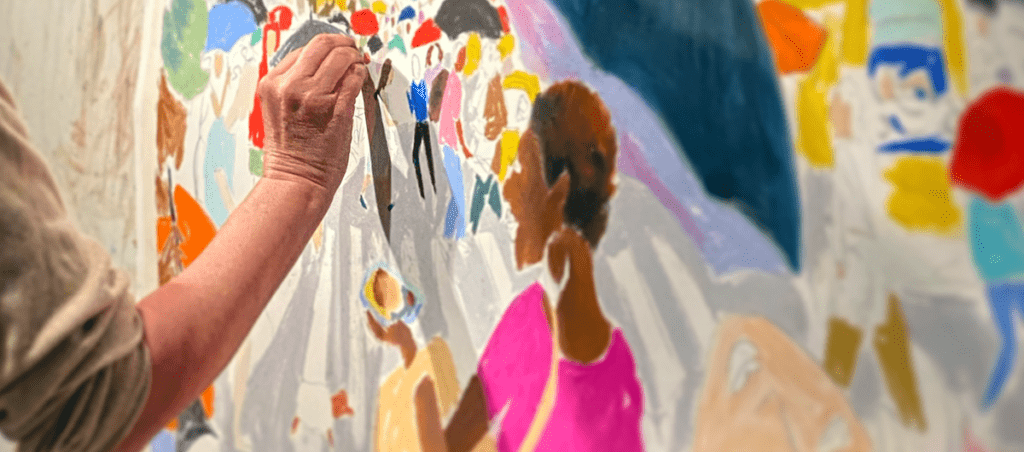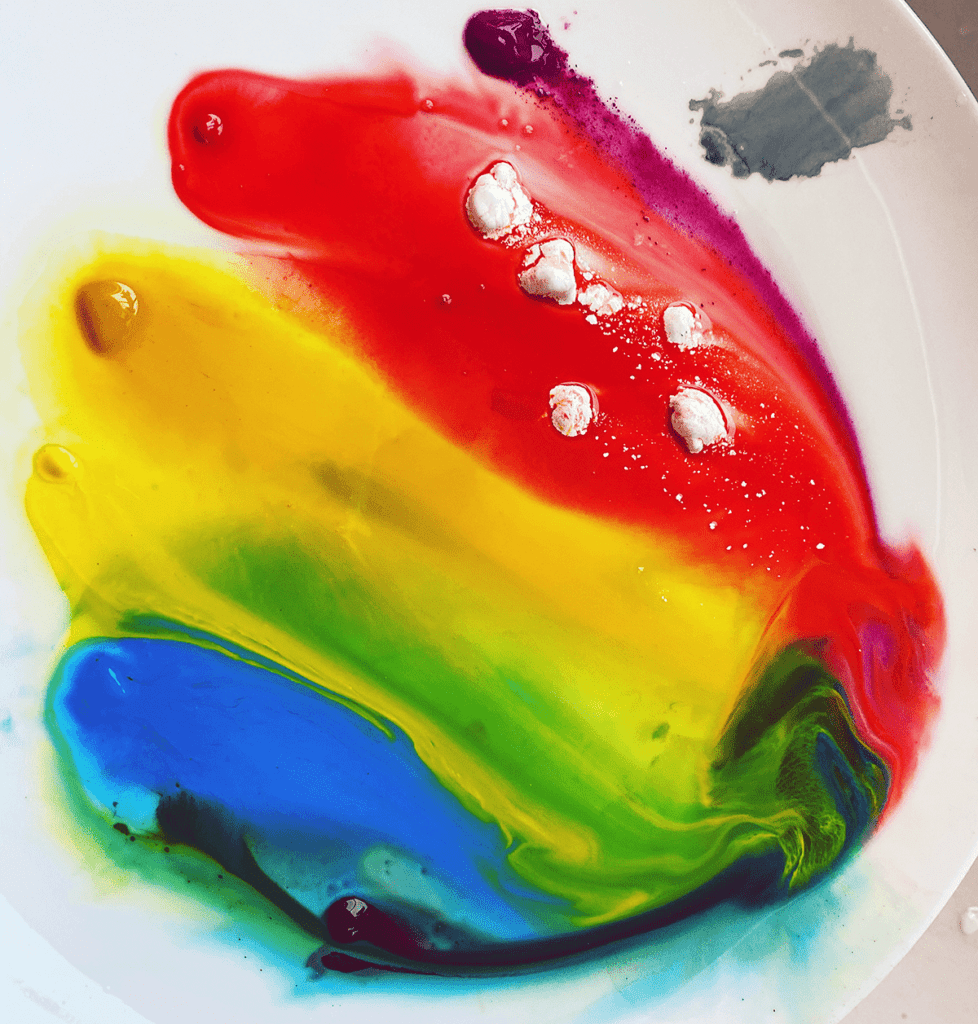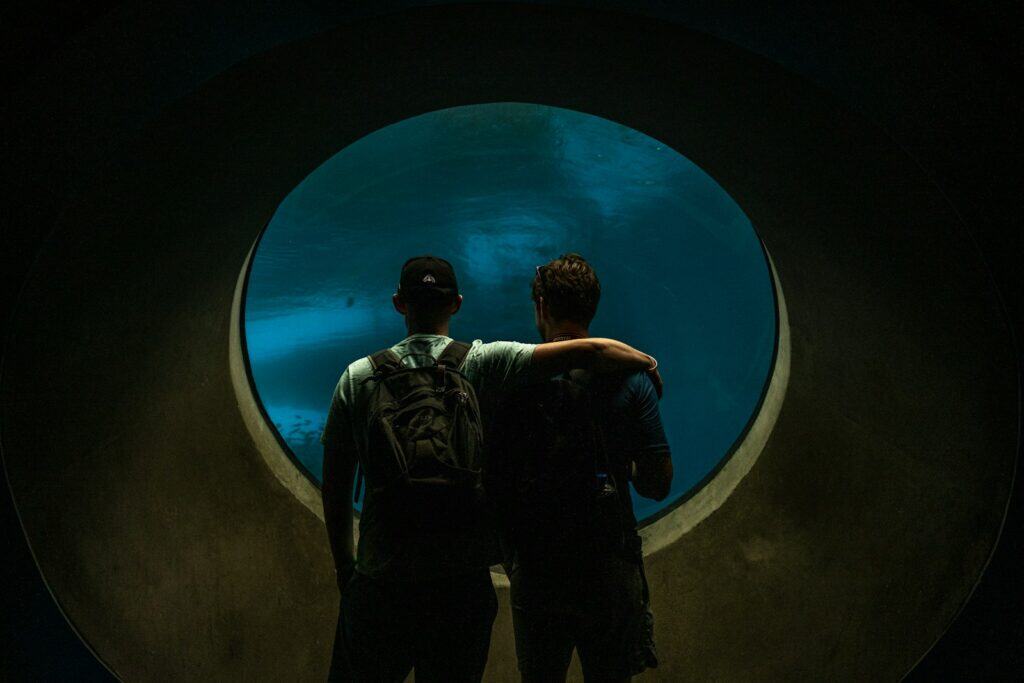Narativ’s co-founder, Murray Nossel, Ph.D., calls storytelling “the most democratic form of creativity.” The logic behind his statement is that anyone can tell a story. And we are already telling stories all the time in response to questions as simple as, “how was your day?” or “what did grandpa say?” Now, we may not necessarily think of storytelling as creative in the same way we do painting, sculpture, or other high forms of art. But it truly is. Here’s why.
We build stories from remembered moments. Mostly what we remember is what our senses brought to us. The short poem, “To—”, by the Romantic poet Percy Shelly (4 August 1792 – 8 July 1822), describes the way the senses live within and shape our memories:
Music, when soft voices die,
Vibrates in the memory—
Odours, when sweet violets sicken,
Live within the sense they quicken …
These sensory details are the stuff of stories, imparting vividness and color. Most importantly, they develop relatability. We all move through our lives seeing, hearing, smelling and so forth, so we share a fundamental place of understanding that gives stories a path into our consciousness.
Painting with stories
Sensory details are the paints of our story, the raw material, but the composition is entirely in our hands. In storytelling, creativity comes alive when we make choices about our “paints,” our remembered sensory details. Take this short moment for example,
“As I walked along the wet pavement after a storm, I looked up to see my friend, Murray.” We could choose other details from that same experience to craft. “The smell of rain was in the air. Just after I saw the rainbow, I looked down and saw Murray crossing the street, just as he saw me.” Each arrangement of details offers a different way of portraying a sense of surprise. That artfulness of choice is entirely in your hands.
Small creative acts
Each of those decisions is a small creative act. Those acts accumulate as you construct your story with a beginning, turning point, or end (known as your story arc). What moment does your story pivot around, what details will you include, what is the emotional significance within the story, and what point do you wish to make?
Now, most stories are largely pre-meditated, crafted, and practiced before their presentation through your creative process. But on the spot, a storyteller makes sudden decisions to fine-tune his or her story based on the response, or the “listening” as we say, of the audience—his or her read of the crowd. On stage, in front of an audience, the creativity of that decision-making is most acute because the feedback is so immediate. When you understand that presentation is also creative—if not co-creative with your audience—it arouses another level of creative audacity. Watch as your choices create impact. Decide to emphasize one detail or another based on the response of the crowd.
Creativity and the unknown
Creativity contains the quality of entering the unknown. We are opening up the potential within ourselves to draw, write, ideate, perform, speak and so on. Colloquially we talk about going beyond one’s comfort zone. This is especially true with storytelling in front of an audience. Yet, everyone knows, the risks are worth the reward. Failure or success isn’t really a valid measure; it’s more personal than that. And the journey you take is yours to enjoy as you connect with your audience.





